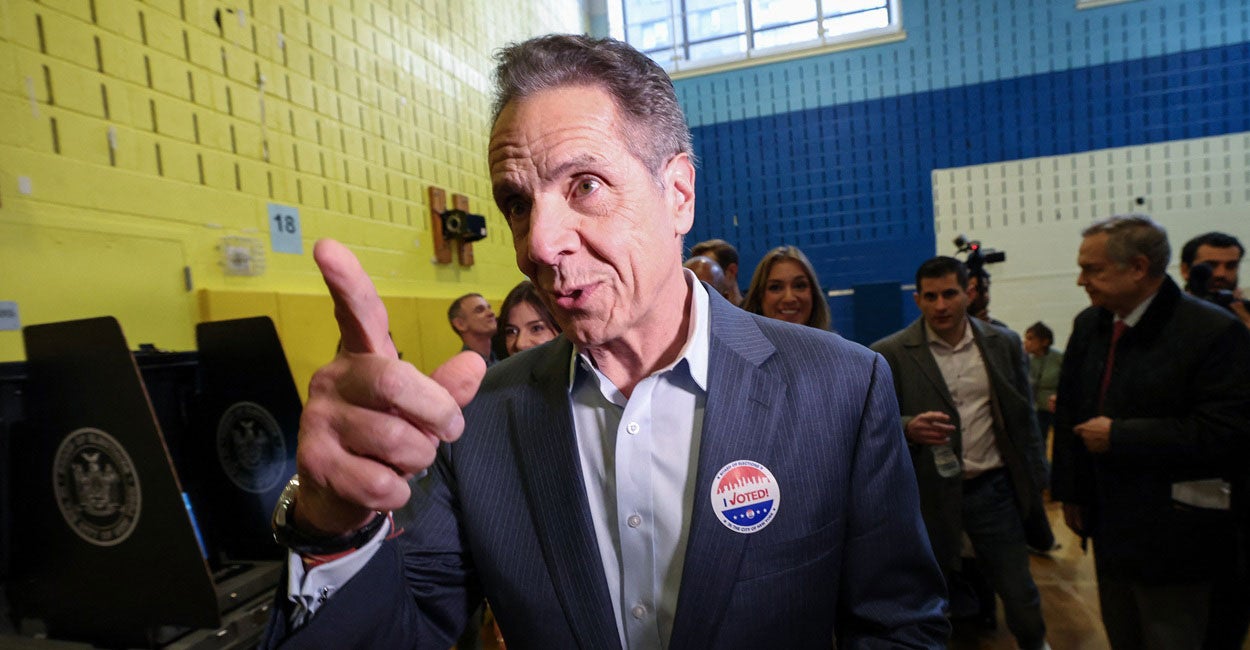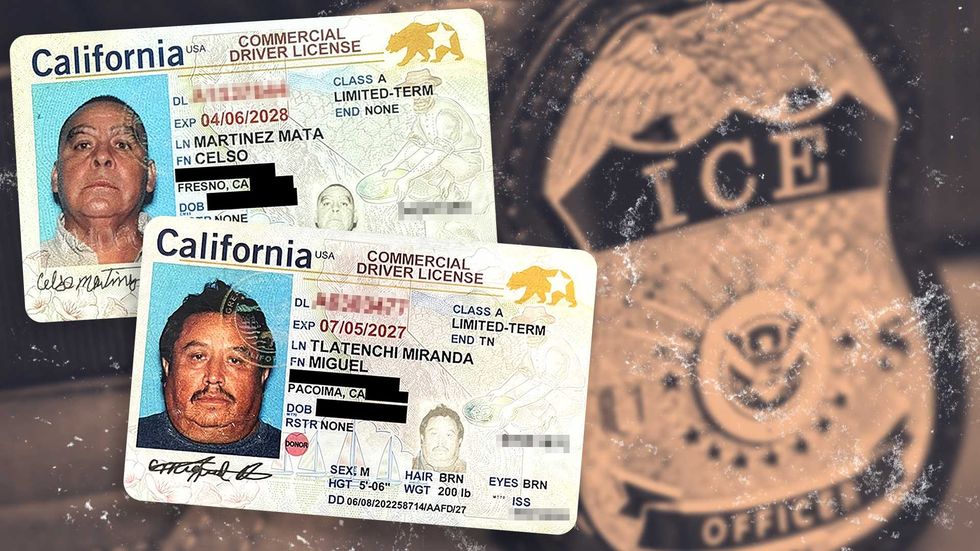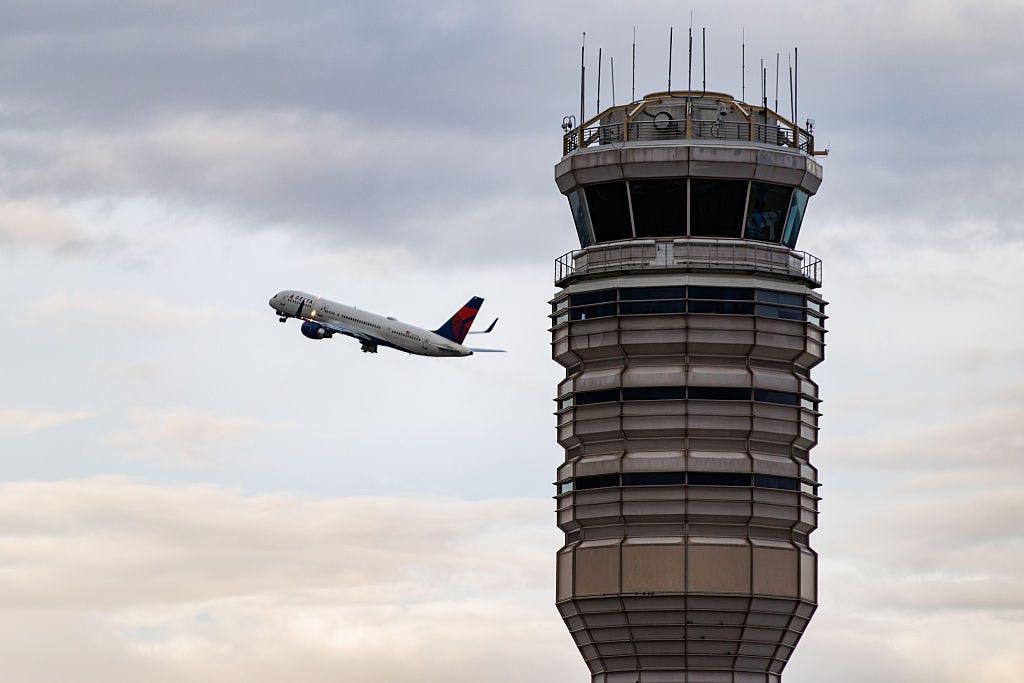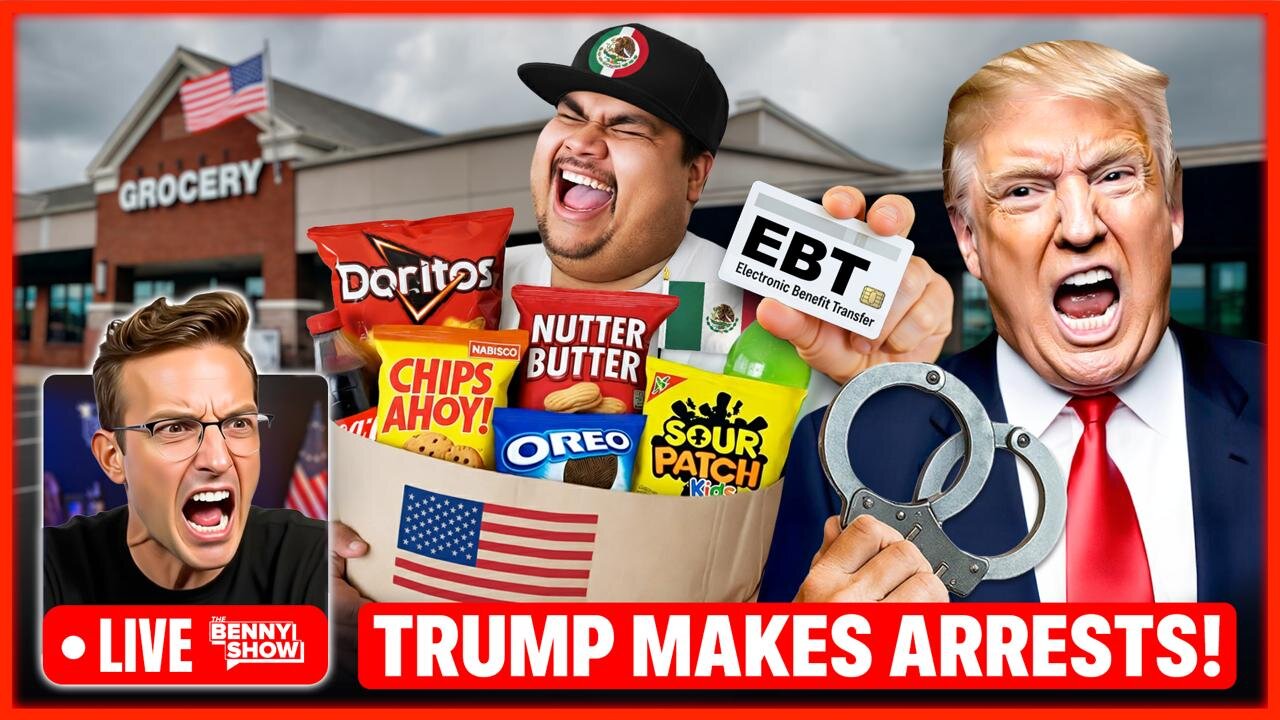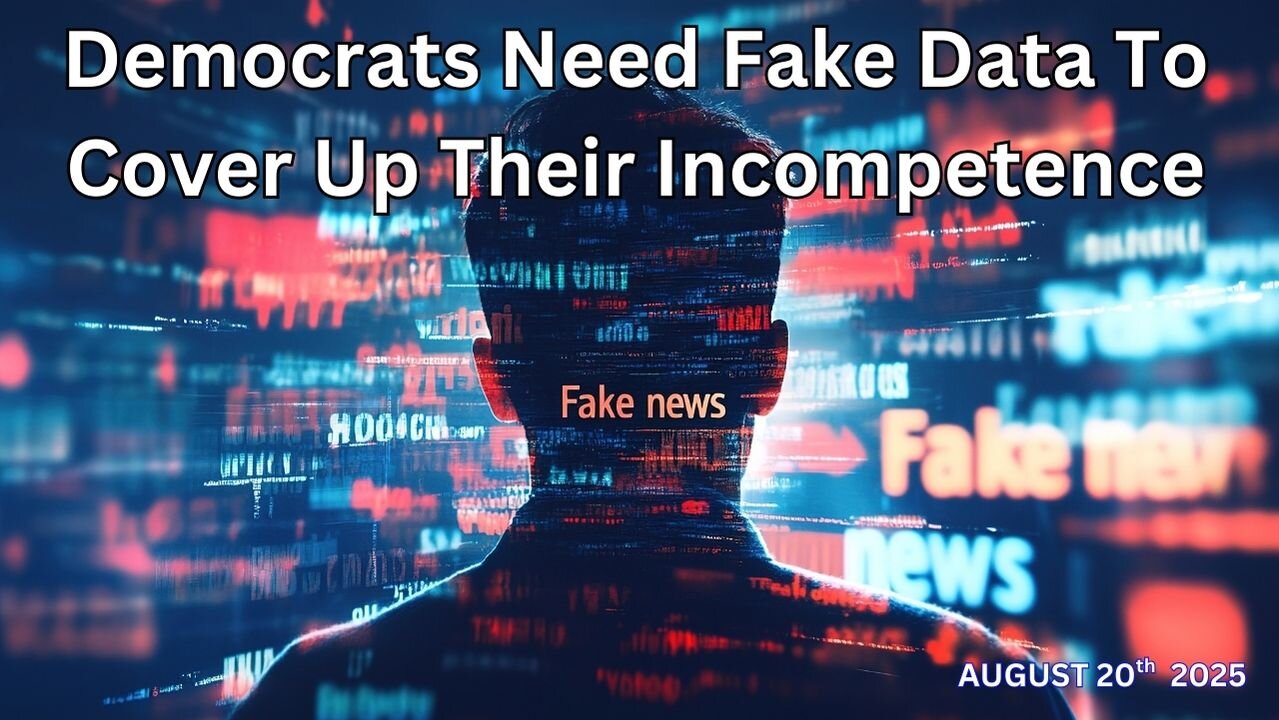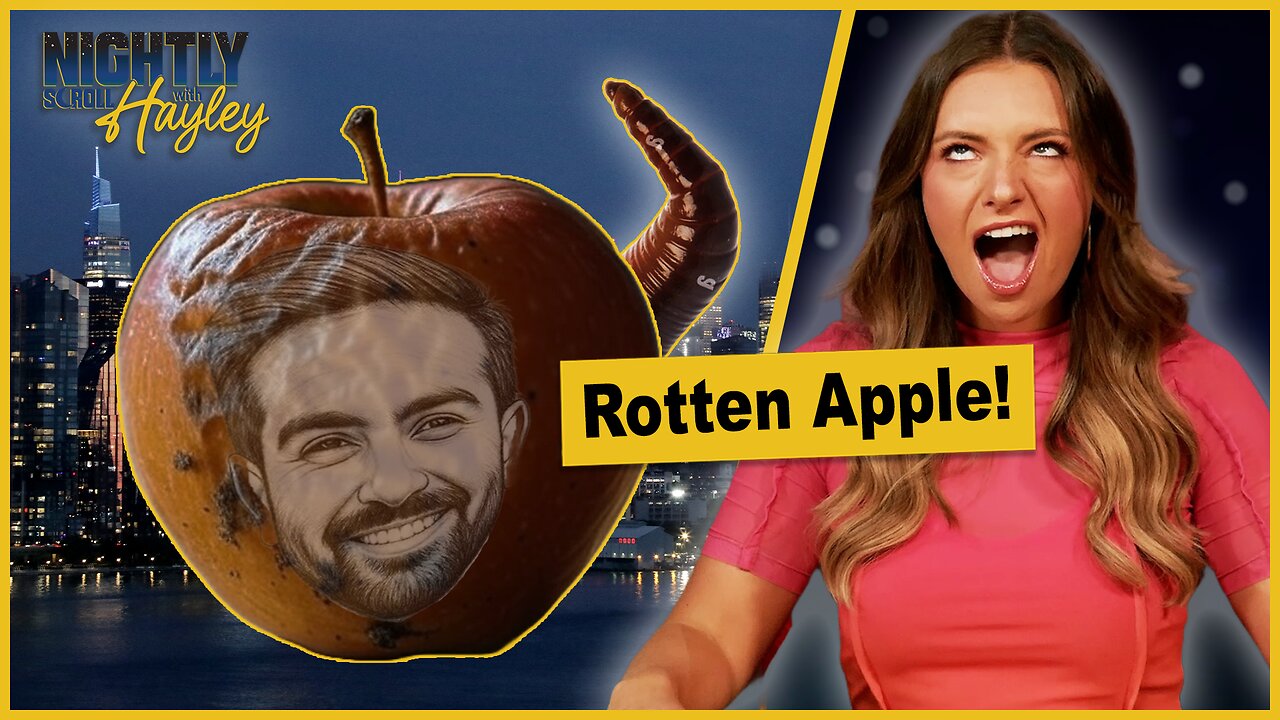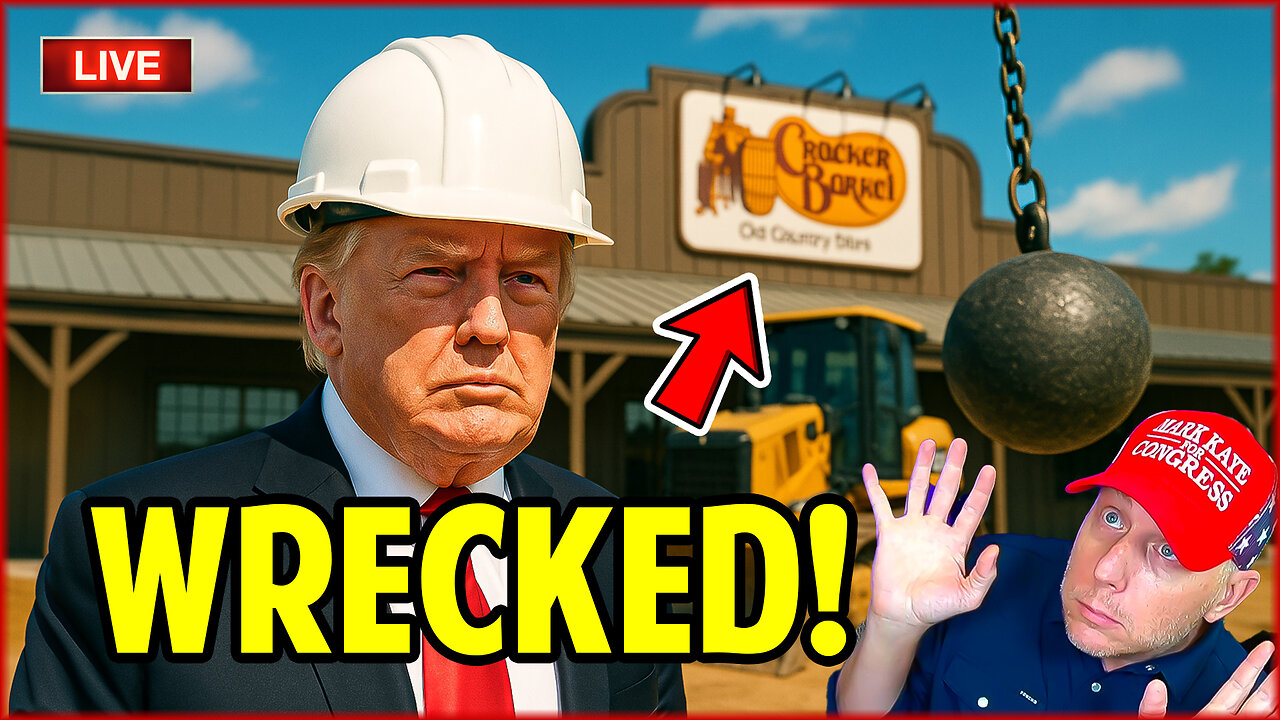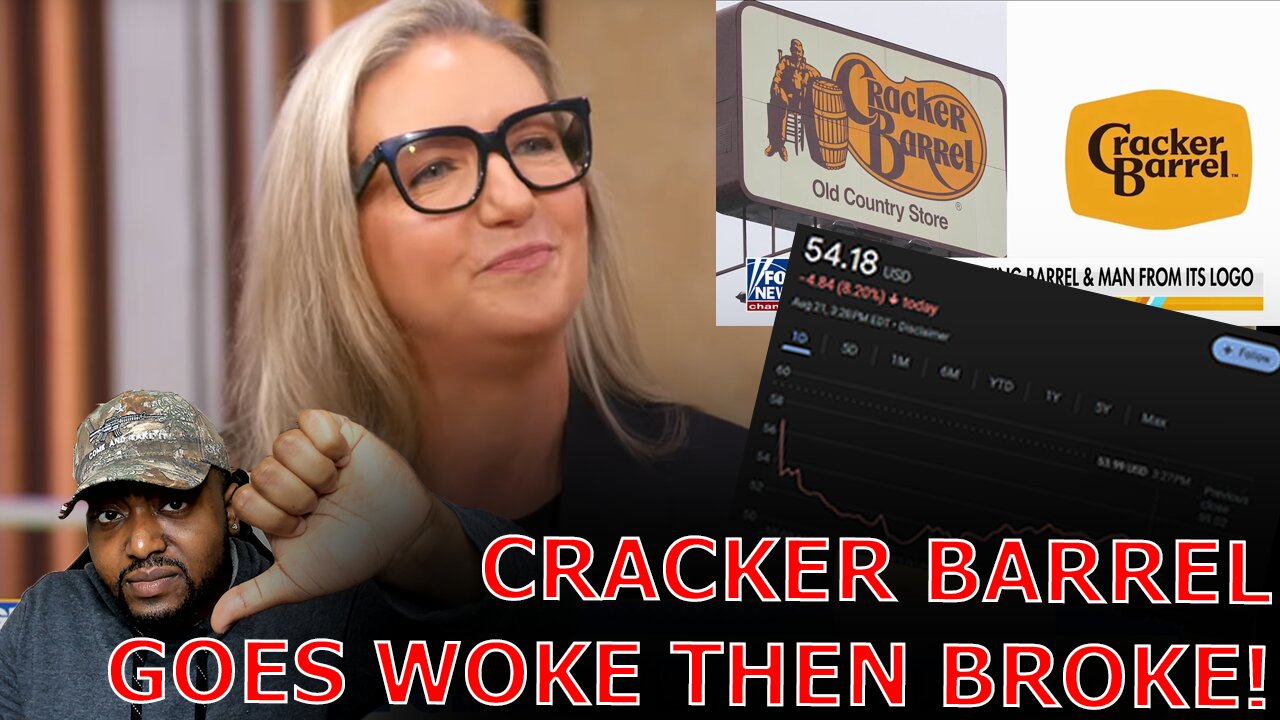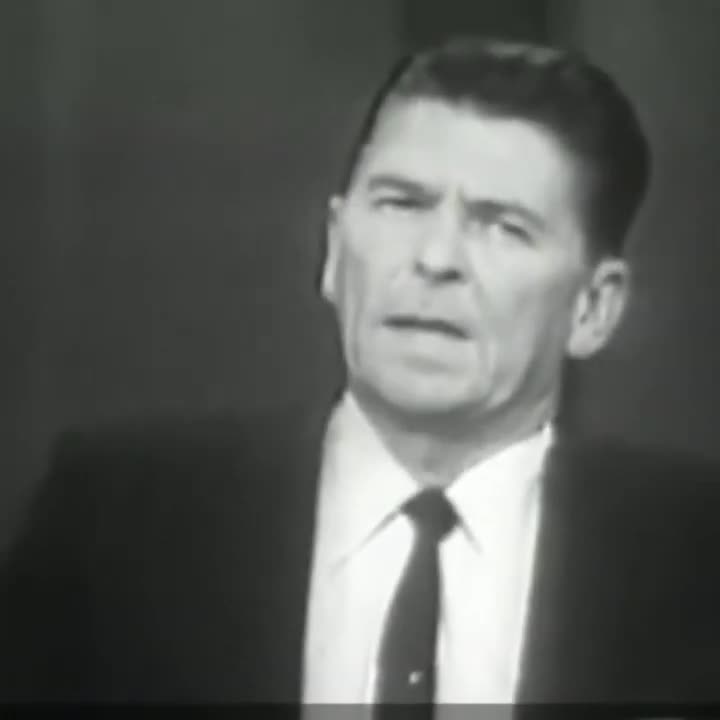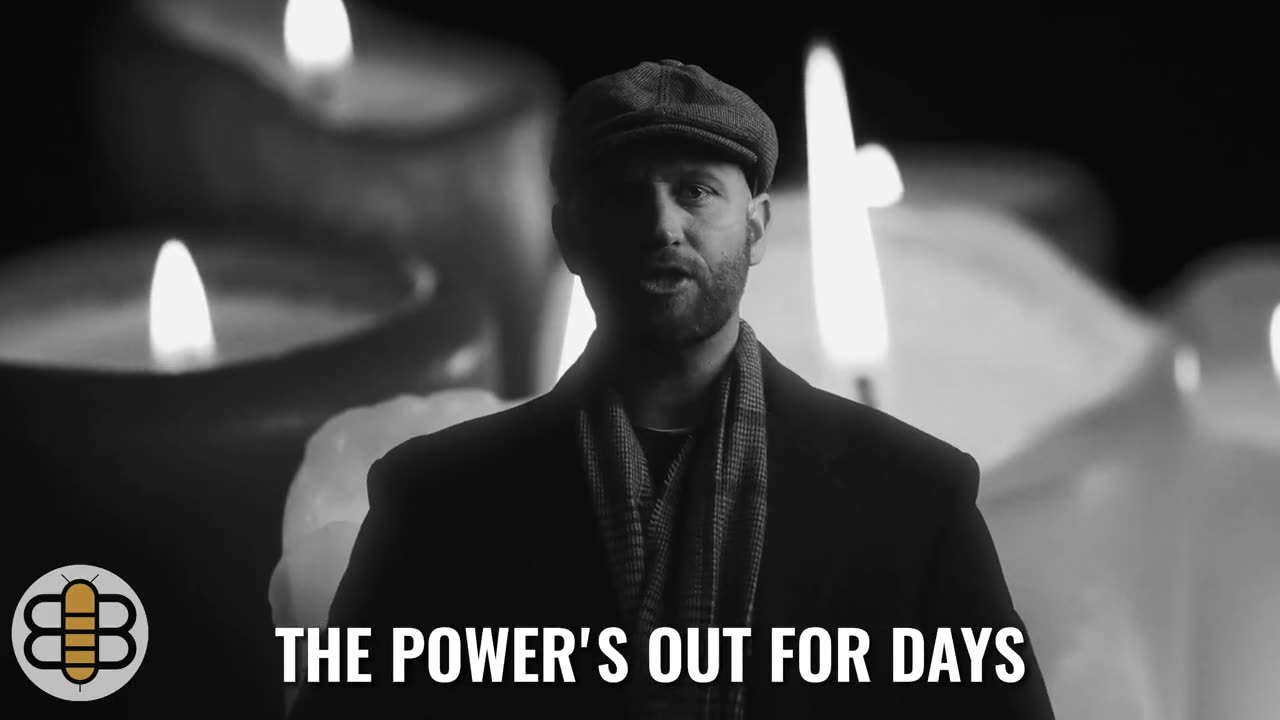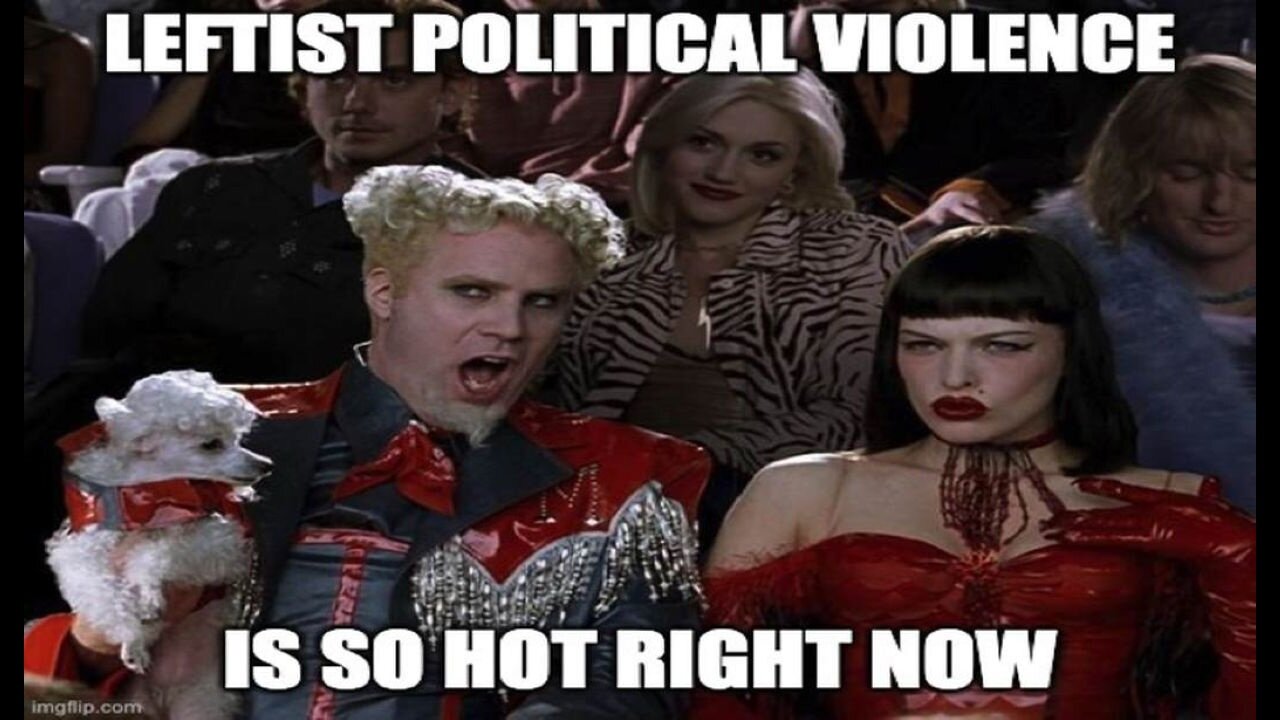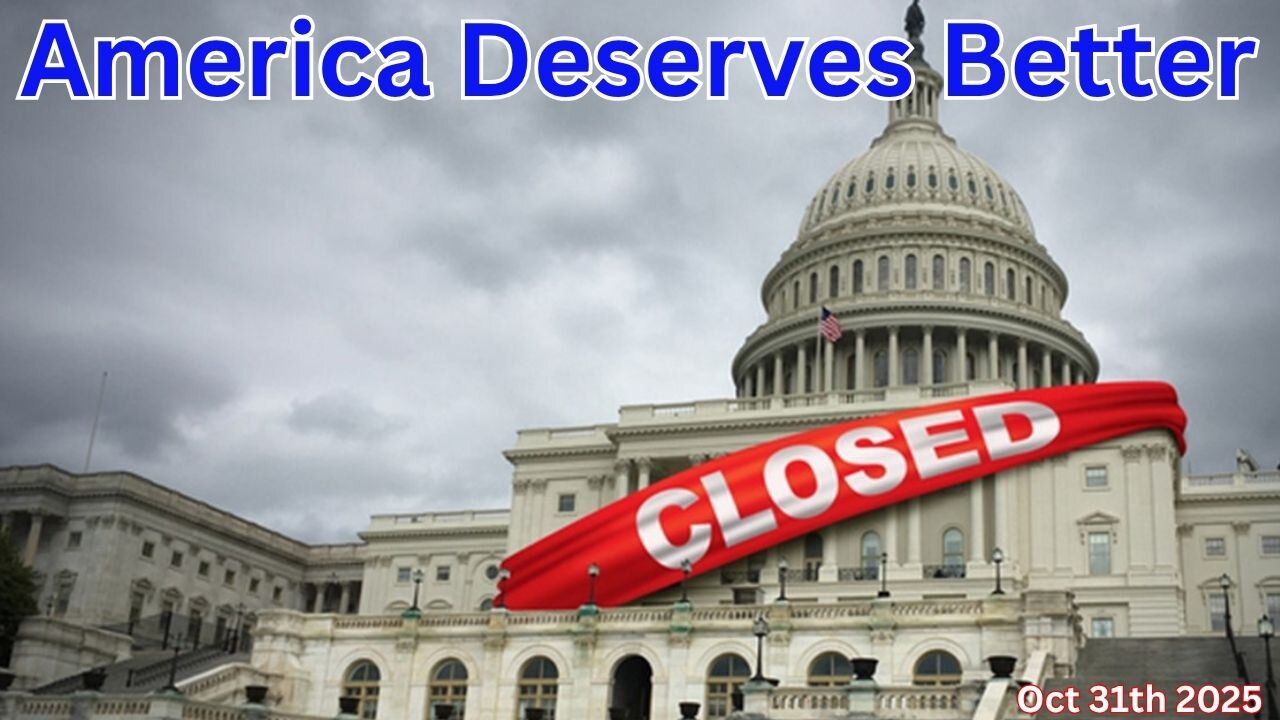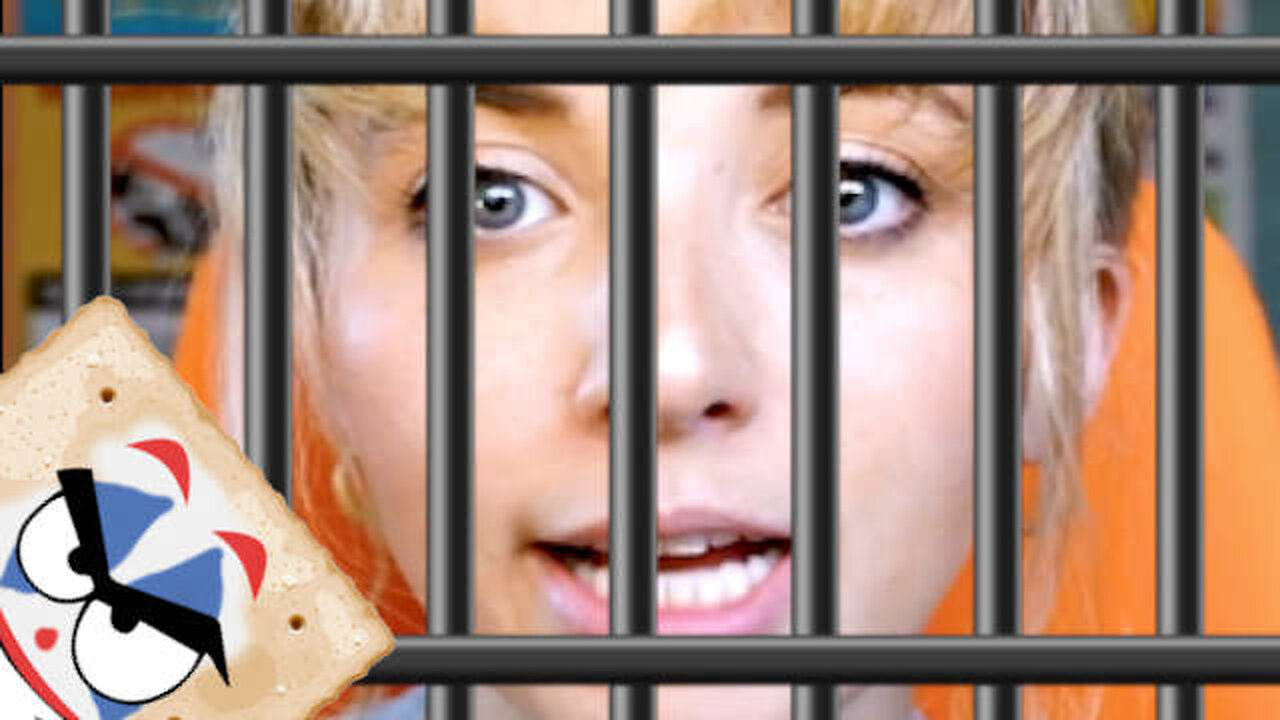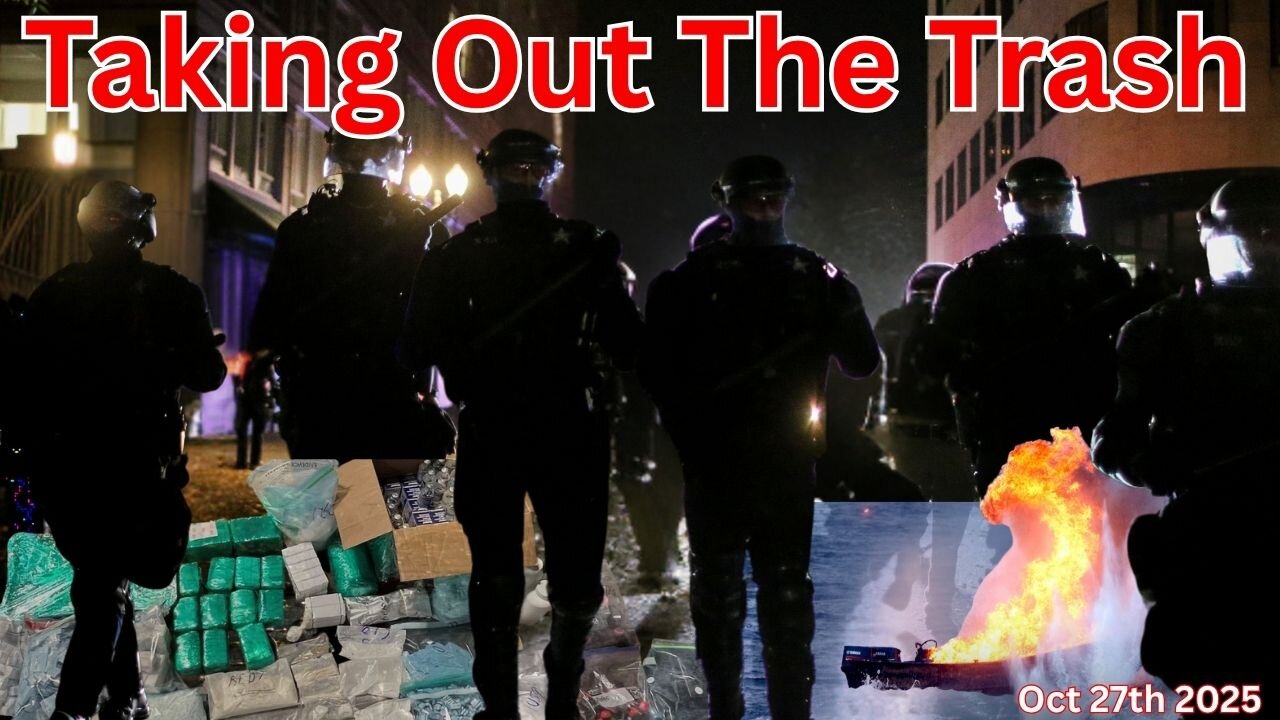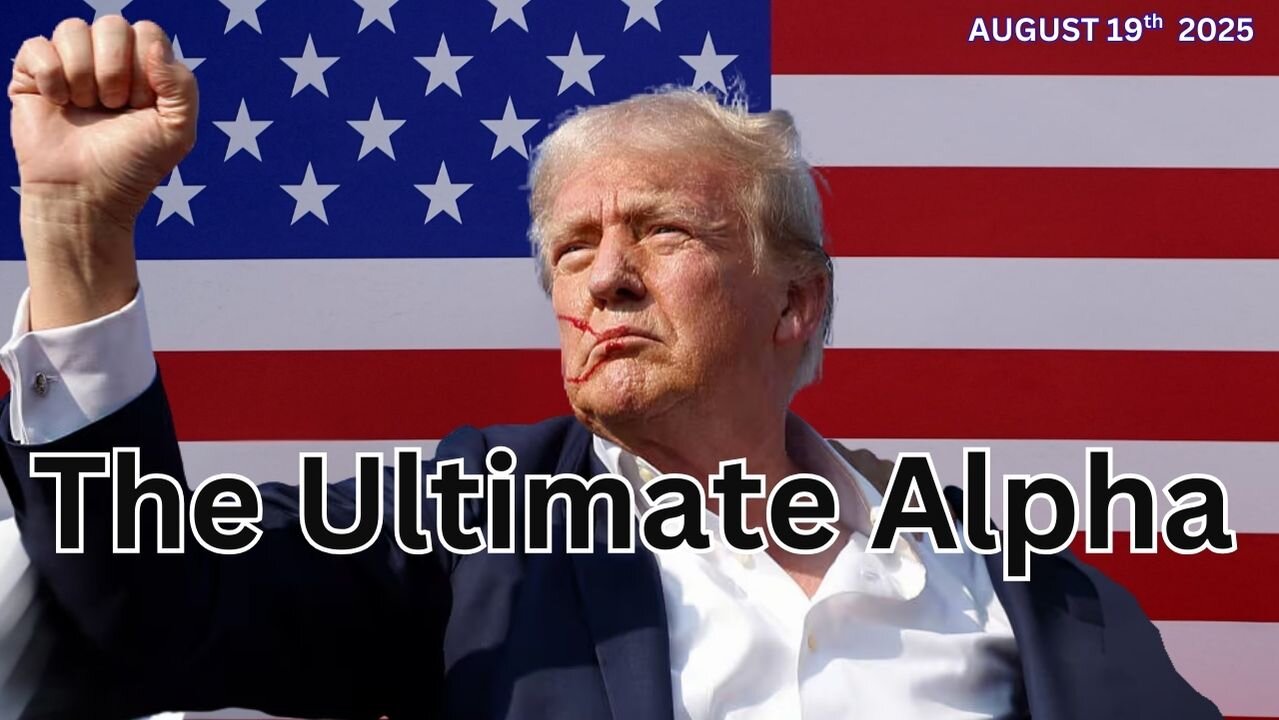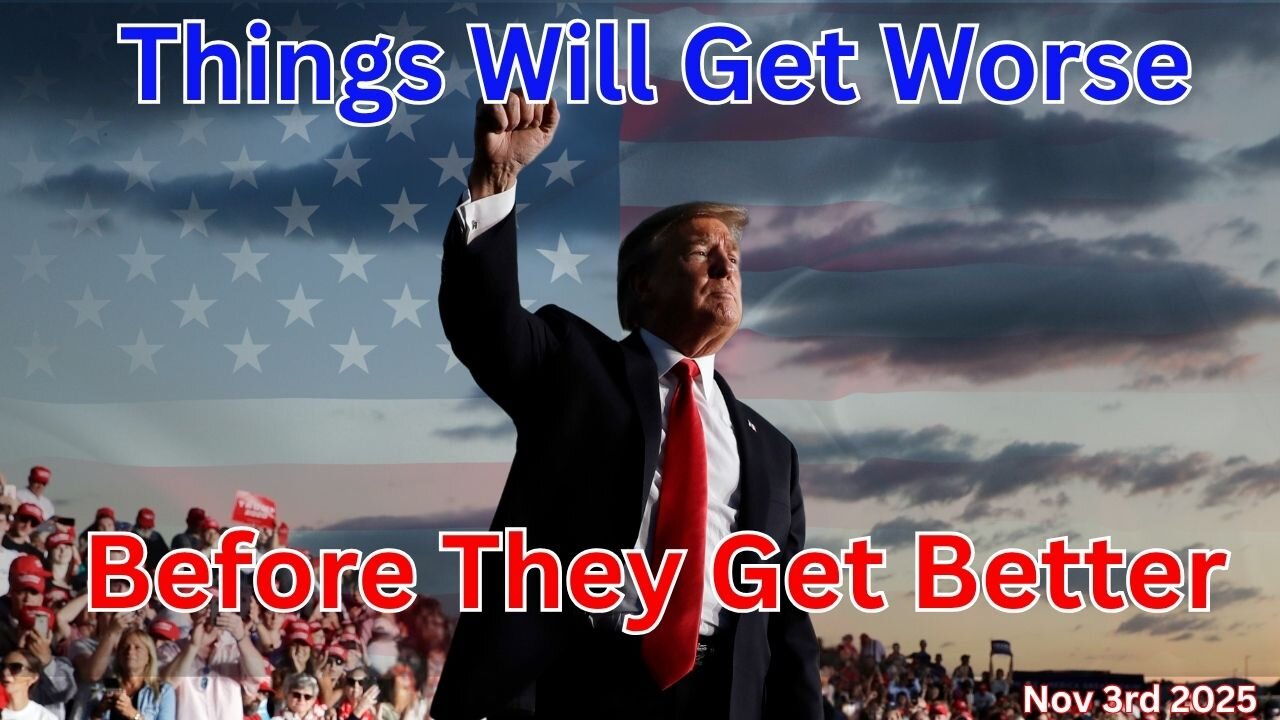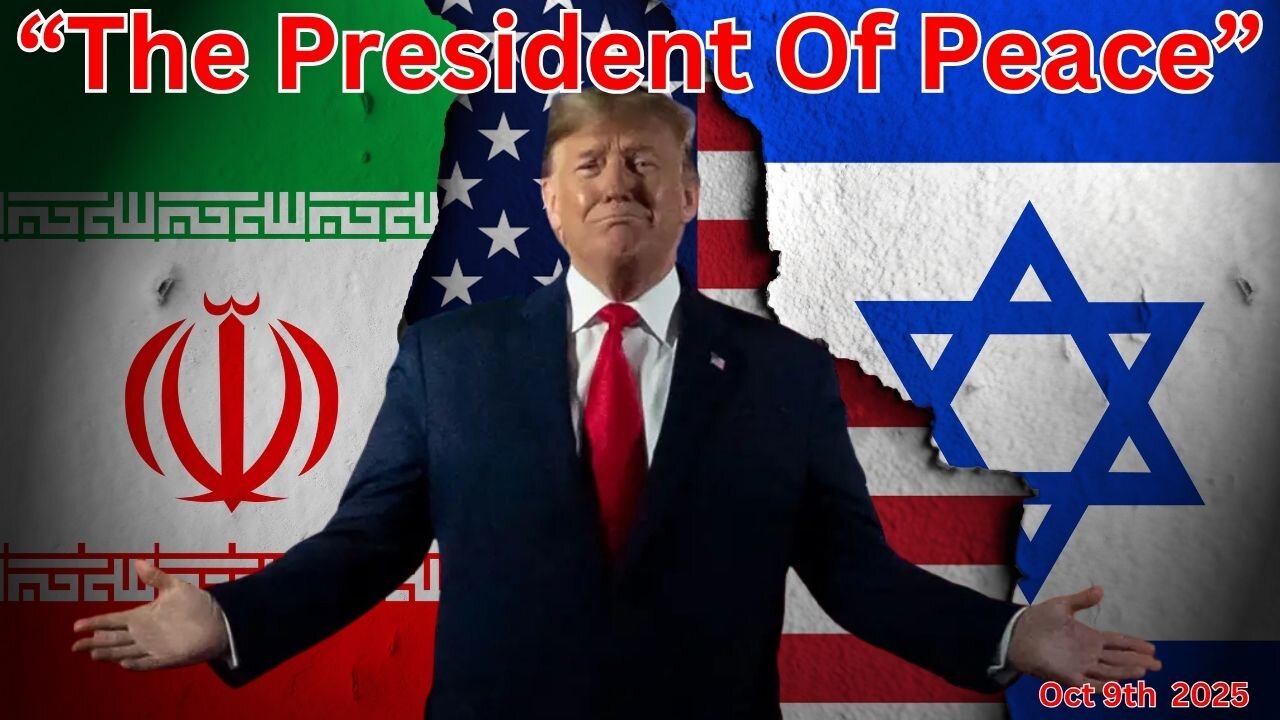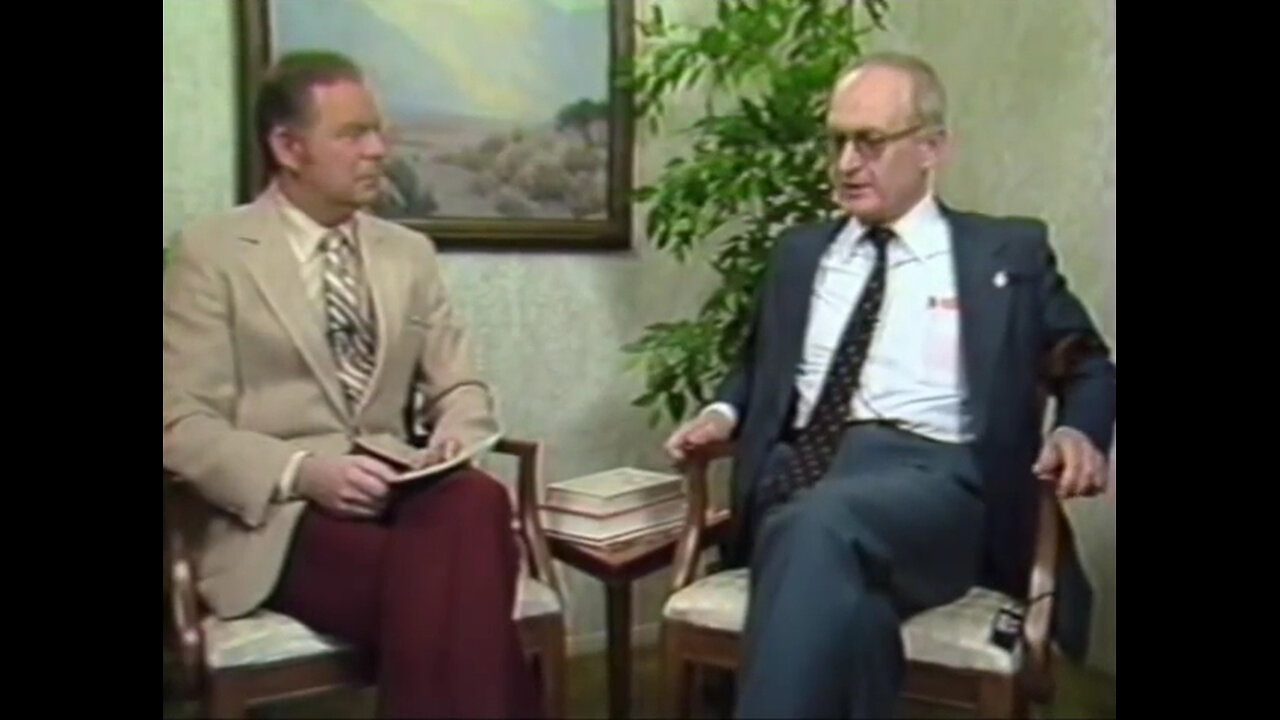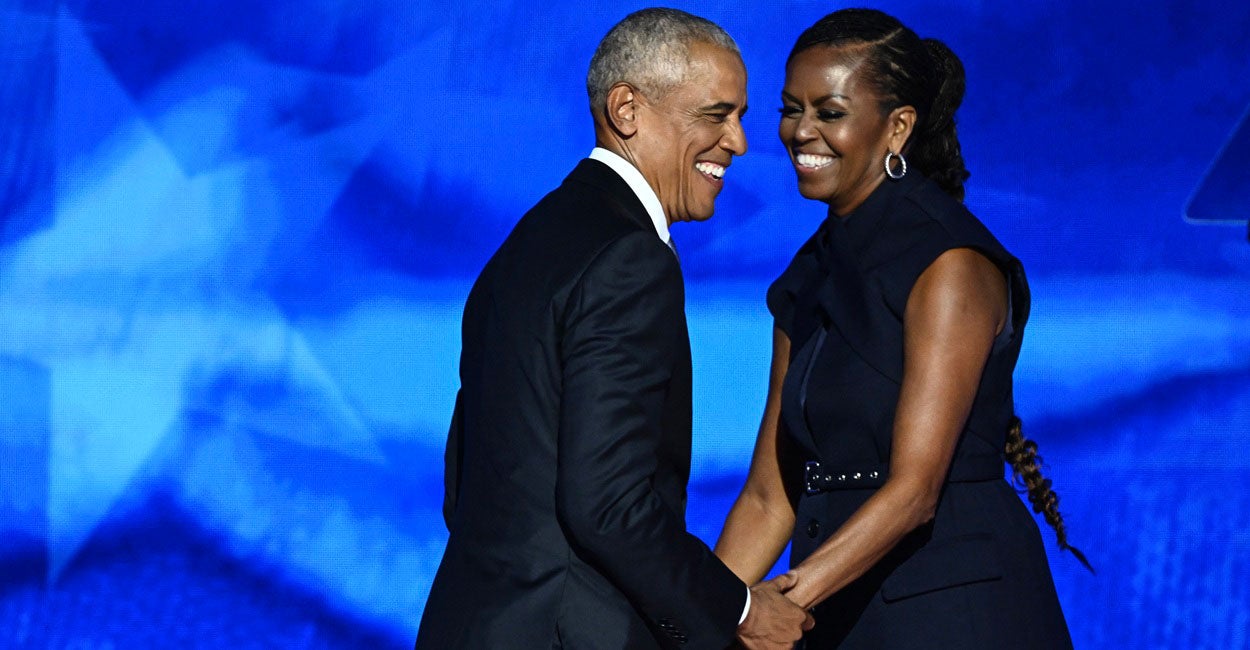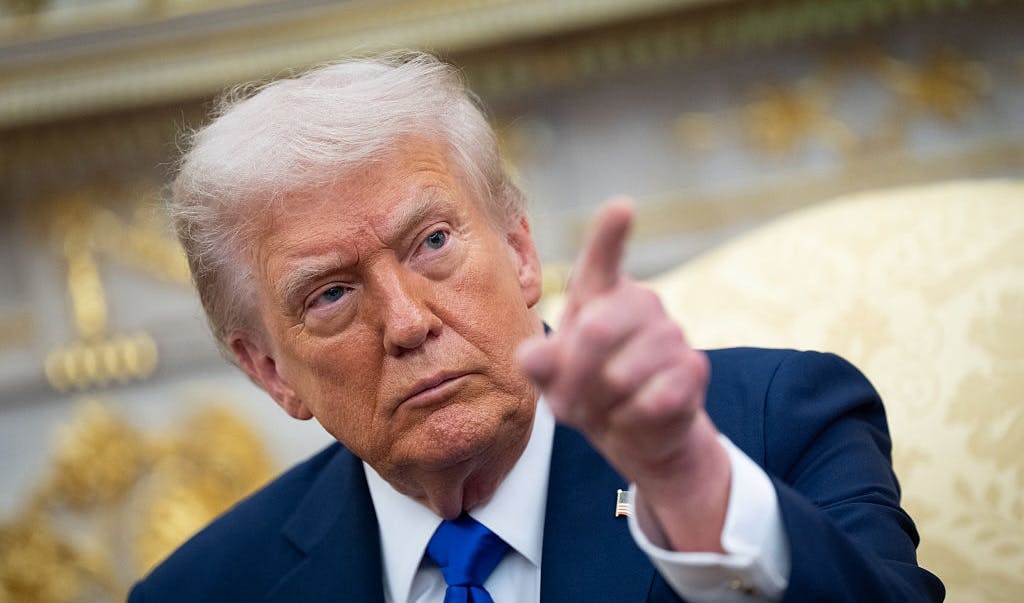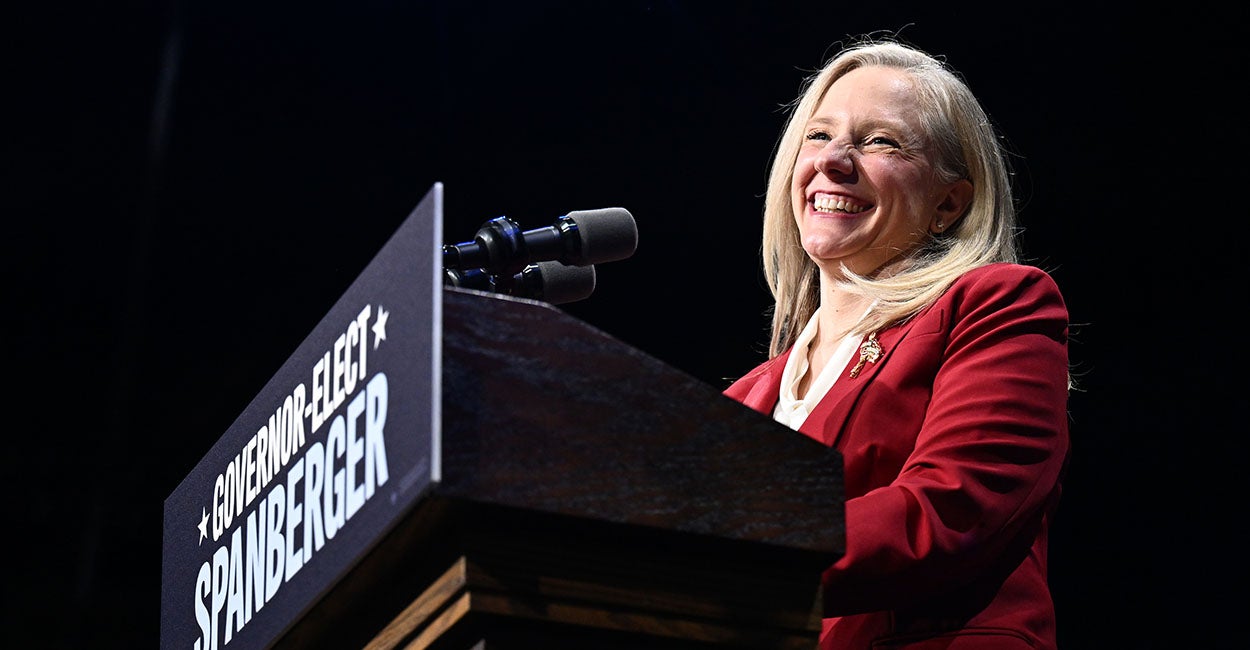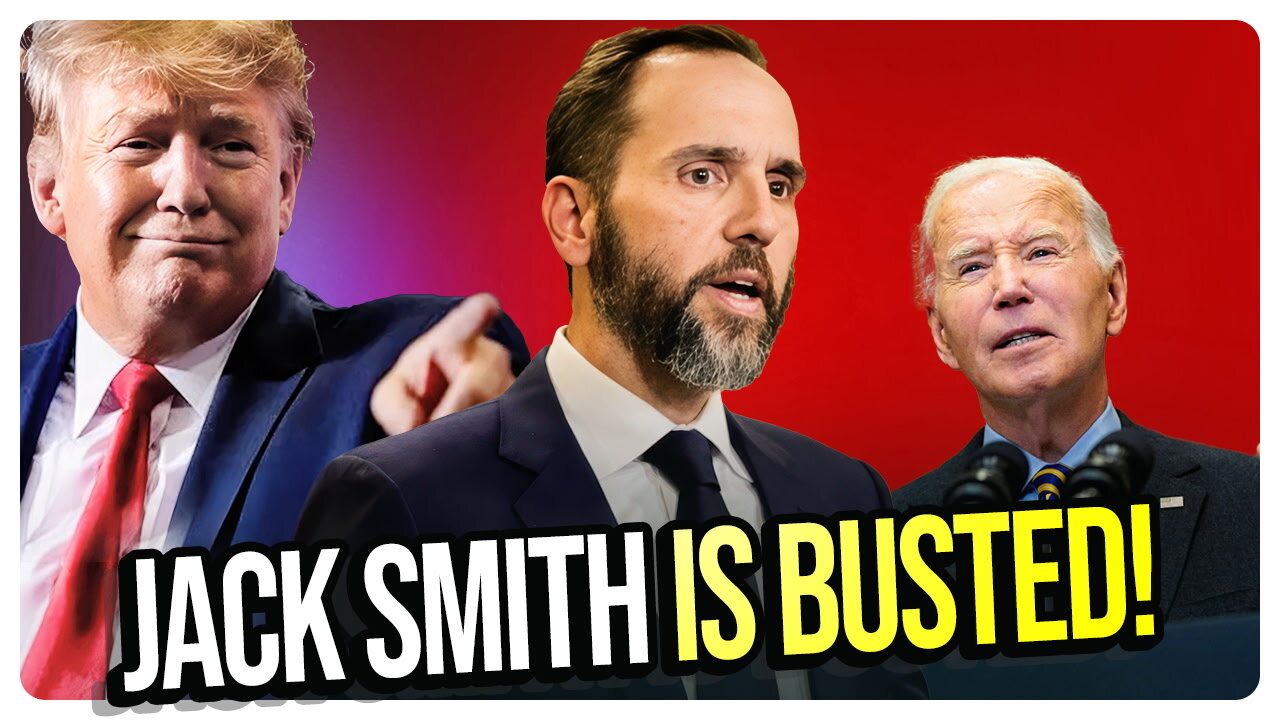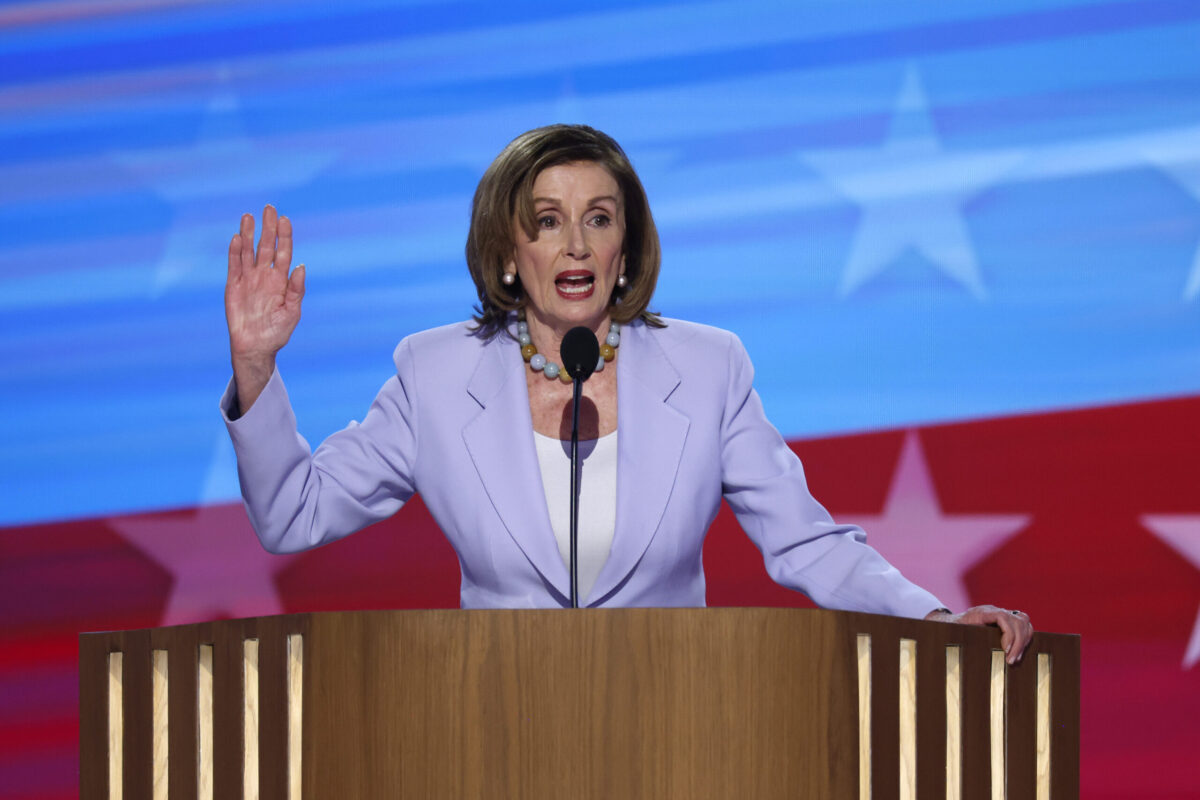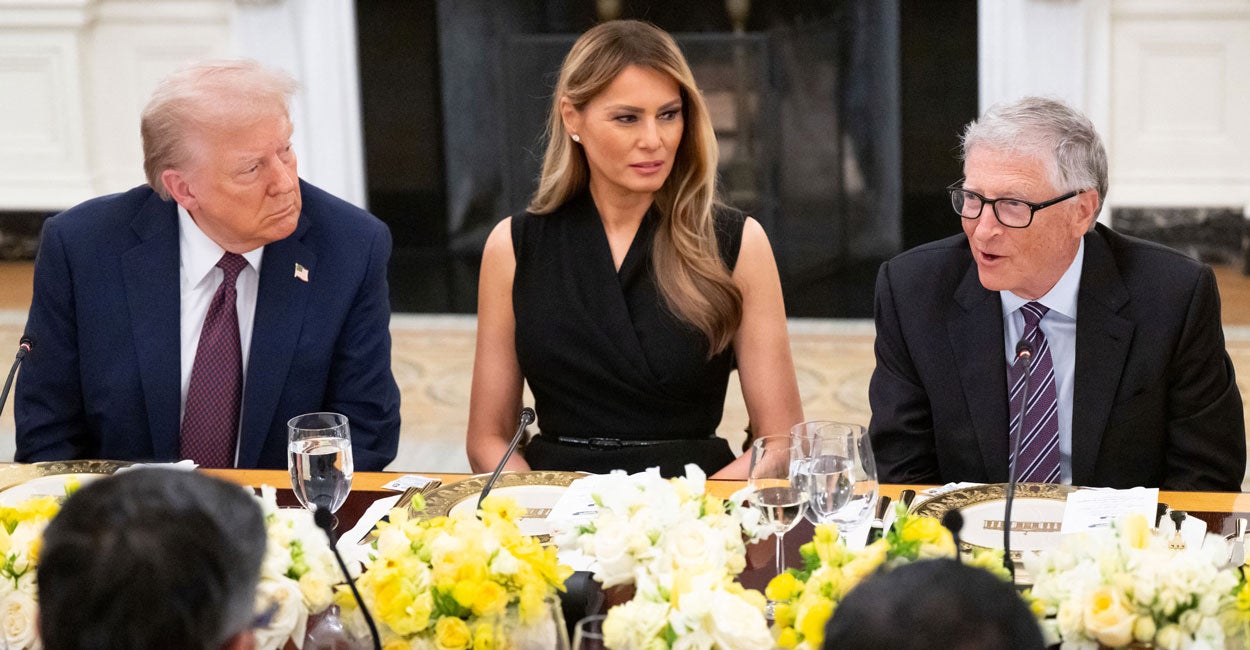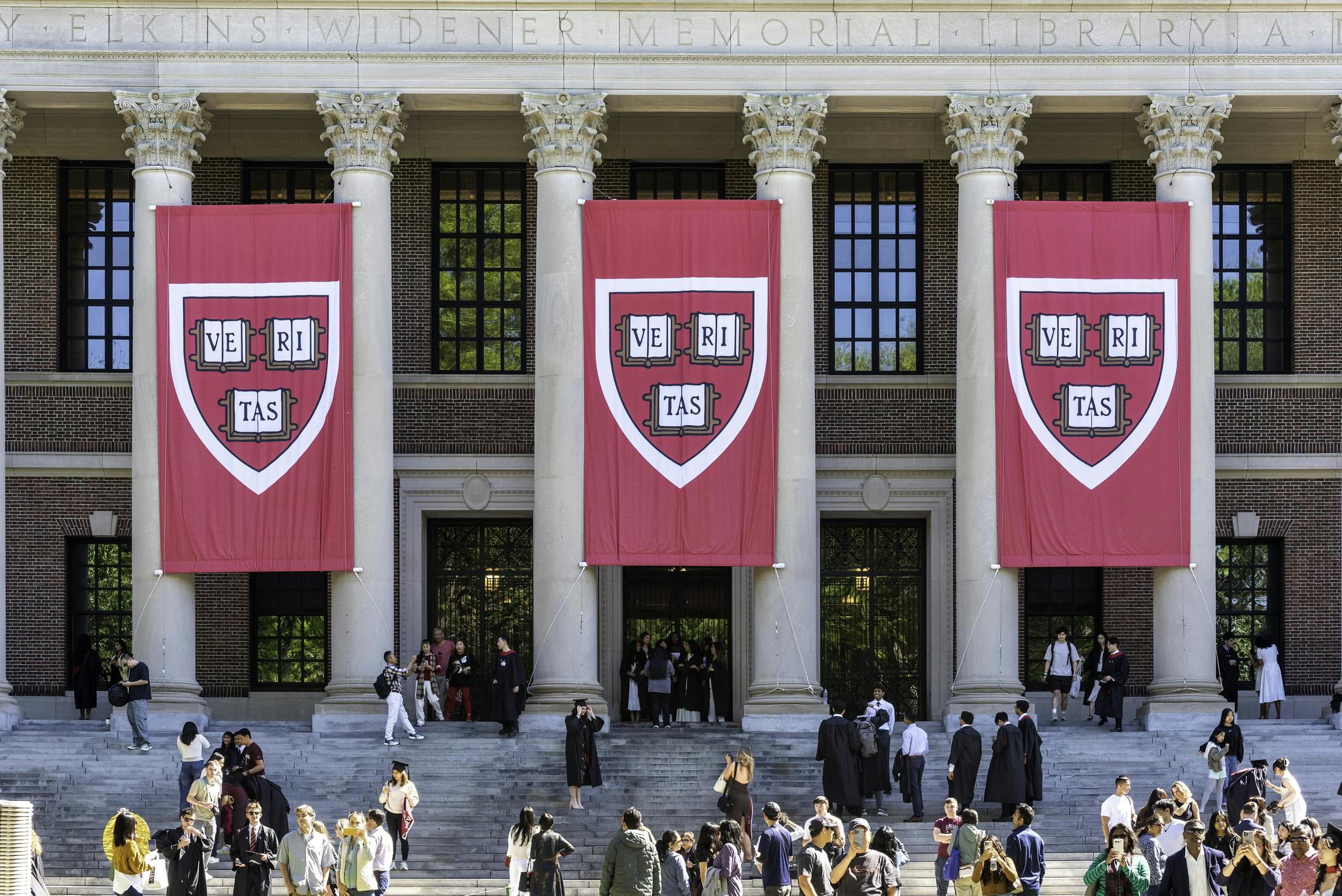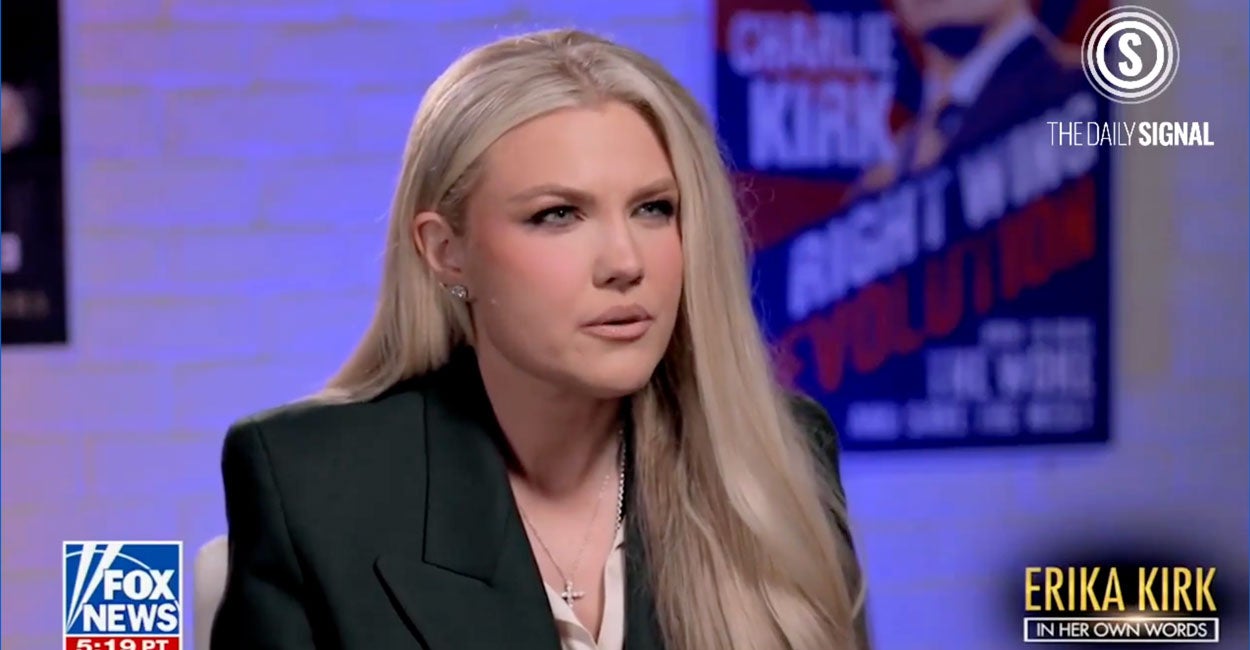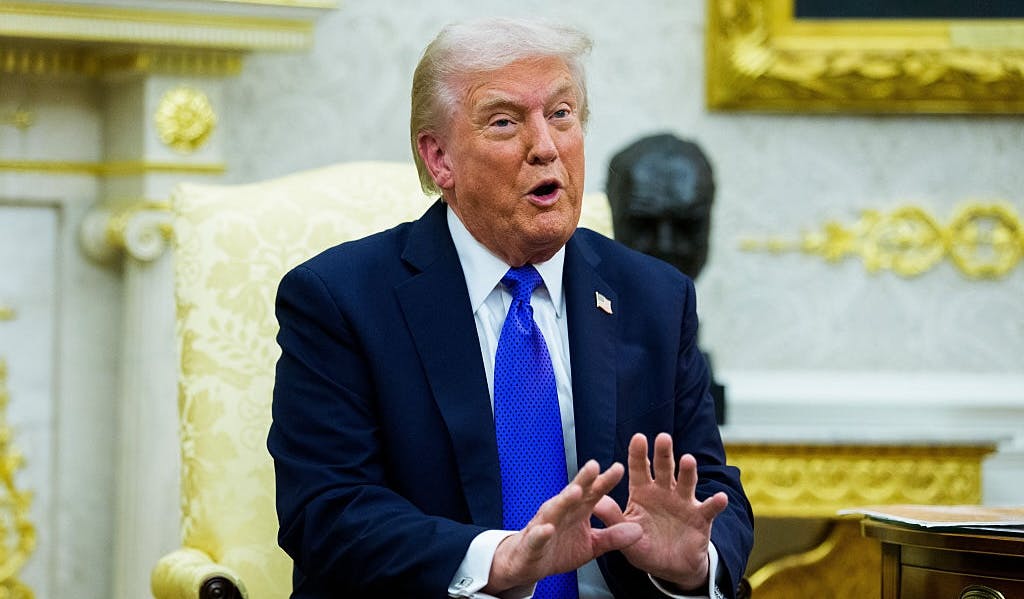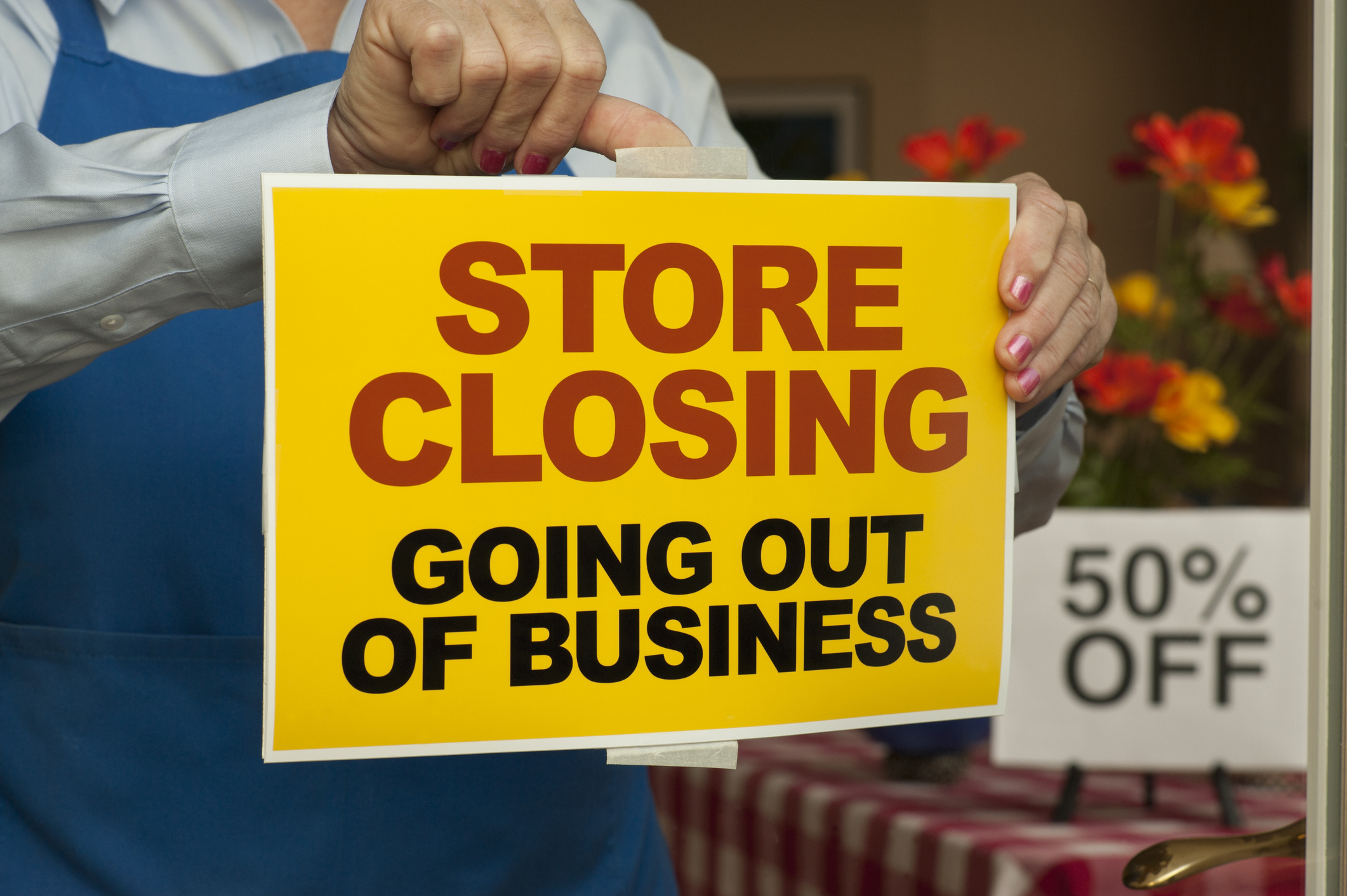When Tomatoes Became Veggies: 19th-Century SCOTUS Tariff Ruling Hints at the Questions the Court May Soon Face

President Donald Trump has been using an old tool ignored by recent presidents to target trade abusers like China that impose significant barriers to American products and services—tariffs. We all want free and fair trade, but trade is not free and fair when it is only free and fair on one side.
As The Heritage Foundation has outlined, tariffs “are most effective when paired with a broad array of conservative policies that alleviate economic pain on the American people” and when they are used in negotiations to convince other countries to reduce the obstacles they impose on our exports.
Twelve states have already filed suit against the Trump administration in the Court of International Trade, the federal court created by Congress with authority over all claims “arising out of the customs and international trade law of the United States.” The states allege that Trump is acting unconstitutionally and abusing his authority under the International Emergency Economic Powers Act to impose those tariffs.
Appeals from this court go to the U.S. Court of Appeals for the Federal Circuit and ultimately to the Supreme Court. Of course, when the government starts listing what different tariff amounts will be imposed on what goods and services, that’s when things can get complicated. And that is when the courts may also get involved.
So, has the U.S. Supreme Court had to deal with tariff issues before? The answer is “yes” and that should be no surprise given that before the 1913 ratification of the 16th Amendment, which authorized the bane of American taxpayers—the income tax—tariffs were the mainstay of financing the federal government.
Given the seriousness of the decisions of the Supreme Court that we deal with these days, I have to admit I got great amusement reading two of those decisions.
In 1893, the Supreme Court settled—at least legally—the perennial question of whether a tomato is a fruit or a vegetable. The gardeners out there will realize there is a joke in the prior sentence related to “perennial.”
Why would the highest court in the land, the court vested with the “Judicial Power of the United States” under Article III of the Constitution, decide whether a tomato is a fruit or a vegetable? Because in Nix v. Hedden, the resolution of that question was worth money under the Tariff Act of 1883.
An importer of tomatoes from the West Indies sued to recover a 10% tariff paid under protest. The 10% tariff applied to “vegetables in their natural state.” The importer claimed because tomatoes are a fruit, he should not have to pay the tariff since no tariff was applied to “Fruits, green, ripe, or dried.”
The court said it would apply the “ordinary meaning” of “fruit” and “vegetables.” “Botanically speaking, tomatoes are the fruit of a vine, just as are cucumbers, squashes, beans, and peas,” said the court.
But “in the common language of the people … all these are vegetables which are grown in kitchen gardens, and which, whether eaten cooked or raw, are, like potatoes, carrots, parsnips, turnips, beets, cauliflower, cabbage, celery, and lettuce, usually served at dinner in, with, or after the soup, fish, or meats which constitute the principal part of the repast, and not, like fruits generally, as dessert.”
Therefore, tomatoes were vegetables and the 10% tariff applied. Vegetarians take notice.
Similarly, in a prior case in 1889, Robertson v. Salomon, the Supremes decided the monumental question of whether beans were vegetables or garden seeds, the difference being a 10% or 20% tariff. The court decided that beans are “vegetables” under the sophisticated legal reasoning that “although beans are often planted in gardens as seeds, yet, as a product and commodity in the market, they are not generally denominated as ‘garden seeds’ any more than potatoes, which are also sometimes planted as seed in gardens.”
They may both be “seeds in the language of botany or natural history, but not in commerce nor in common parlance” but are “an article of food on our tables, whether baked or boiled or forming the basis of soup,” concluded the court.
Speaking of which, I admit I acquired a taste for Boston baked beans as an undergraduate in Boston and I certainly considered them a vegetable and not a seed.
As the latest lawsuits filed against the latest tariffs proceed to the high court, who knows what questions the justices may have to answer. Perhaps we will find out whether imported apple cider vinegar made from dried apples is the same as vinegar made from fresh apples or whether that is considered mislabeling.
Oh, wait, the Supreme Court already decided that issue in 1924 in U.S. v. 95 Barrels (More or Less) Alleged Apple Cider Vinegar. I kid you not—that is the name of the case.
If you want to know the answer to this complex, high-level legal question, you’ll have to look it up. It was a unanimous decision.
The post When Tomatoes Became Veggies: 19th-Century SCOTUS Tariff Ruling Hints at the Questions the Court May Soon Face appeared first on The Daily Signal.
Originally Published at Daily Wire, Daily Signal, or The Blaze
What's Your Reaction?
 Like
0
Like
0
 Dislike
0
Dislike
0
 Love
0
Love
0
 Funny
0
Funny
0
 Angry
0
Angry
0
 Sad
0
Sad
0
 Wow
0
Wow
0
